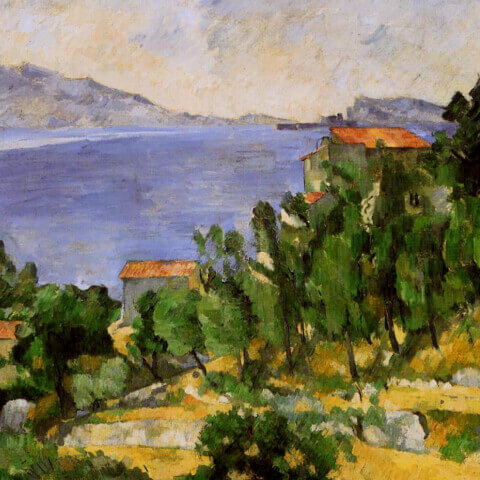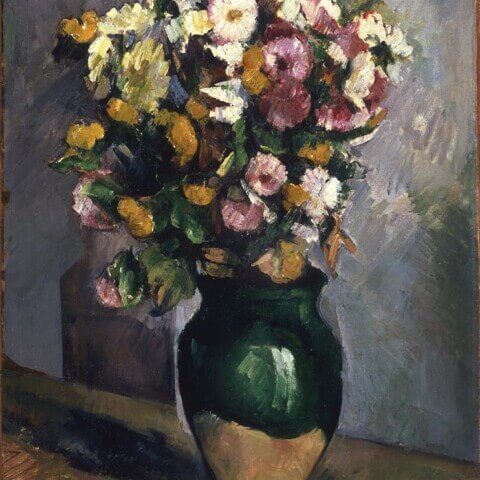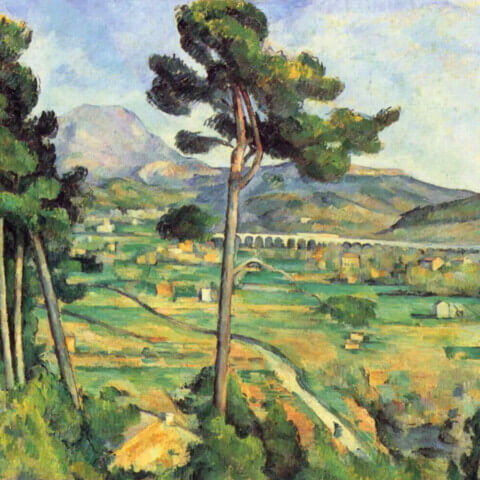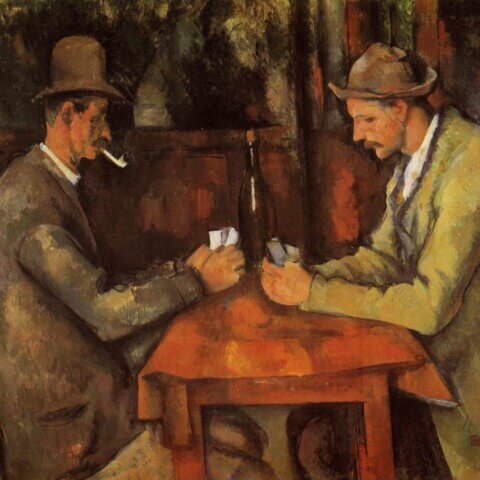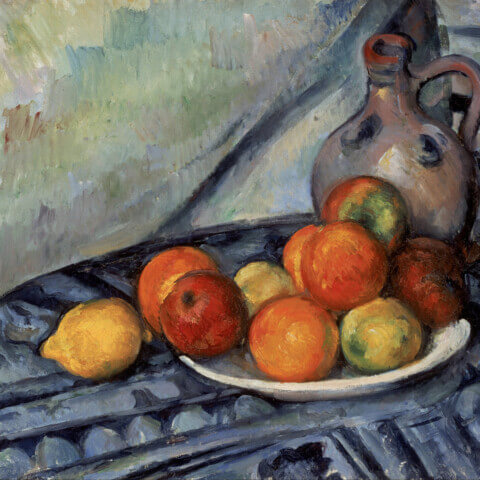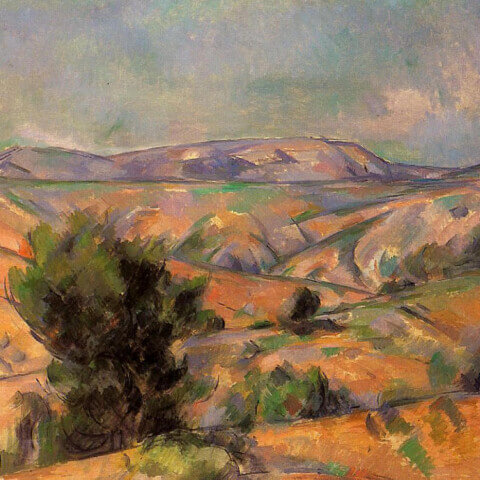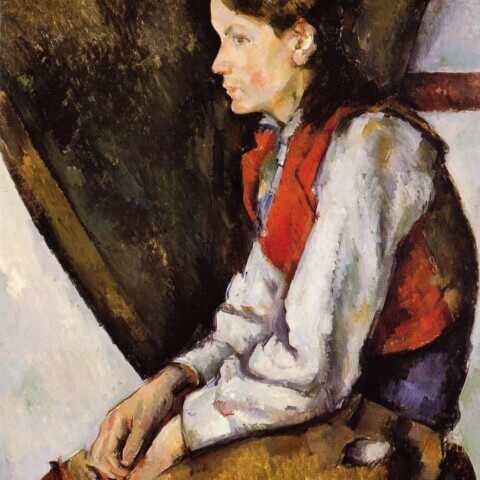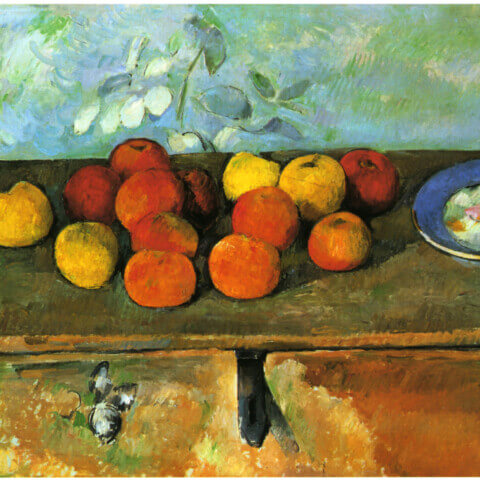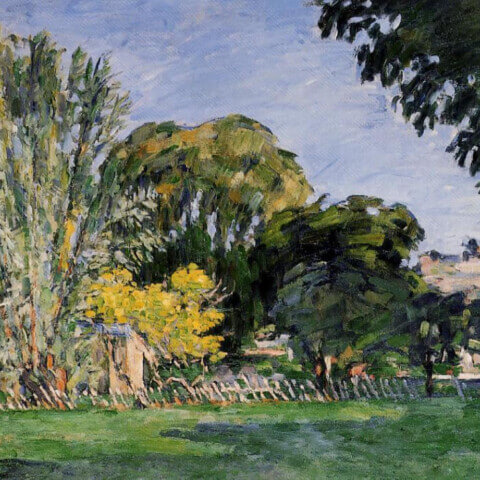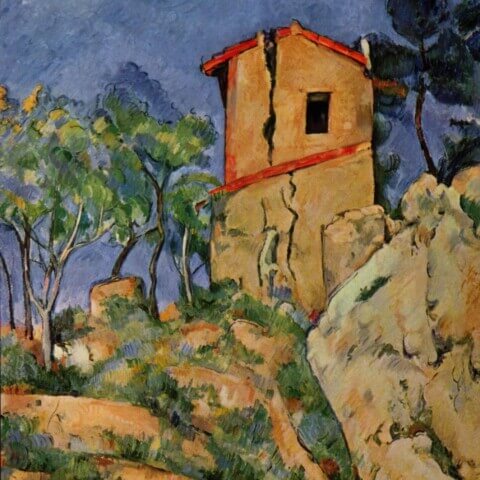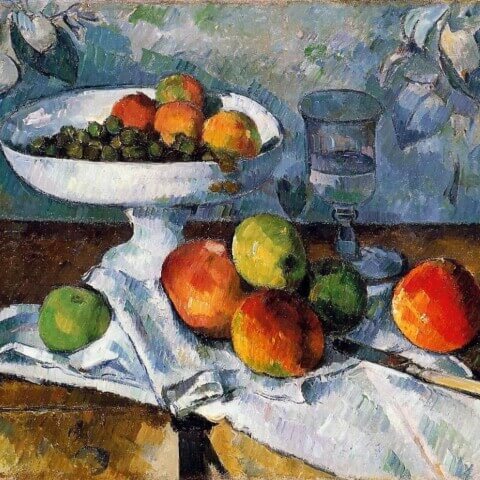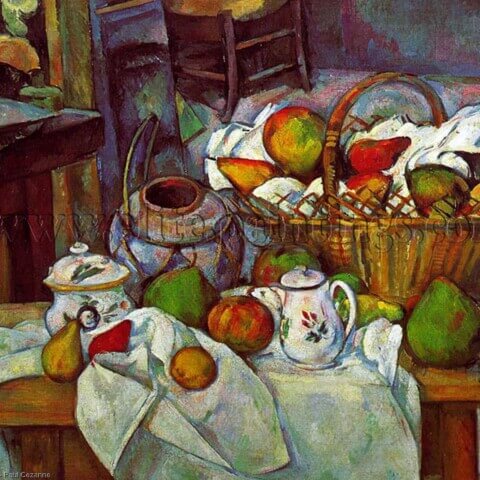Paul Cezanne
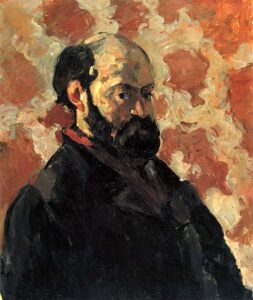
Paul Cézanne (1839-1906) was a renowned French Post-Impressionist painter, widely recognized as the bridge between 19th-century Impressionism and 20th-century Cubism. Born in Aix-en-Provence, Cézanne’s artistic journey began under the tutelage of the local art school before moving to Paris, where he joined the Impressionist movement.
Cézanne’s work rejected the transient impressions of light and color, focusing instead on the fundamental structure of the objects he painted. He sought to ‘make something solid and lasting, like the art of the museums’ and was famously known for his emphasis on the ‘modulation’ of color and form to depict the complex geometry of nature. His paintings, marked by dense brushstrokes and intense color palettes, often portrayed still lifes, landscapes, and figures, with “Mont Sainte-Victoire” and “The Card Players” being among his most iconic works.
Despite his initially poor reception, Cézanne’s innovative approach to painting profoundly influenced the direction of modern art, inspiring future artists like Picasso and Matisse. He left behind a remarkable body of work, rich in its complexity and deep understanding of the natural world. Today, Cézanne is celebrated as a vital contributor to the evolution of art, bridging traditional practice and modern abstraction, with his legacy enduring in the annals of art history.

